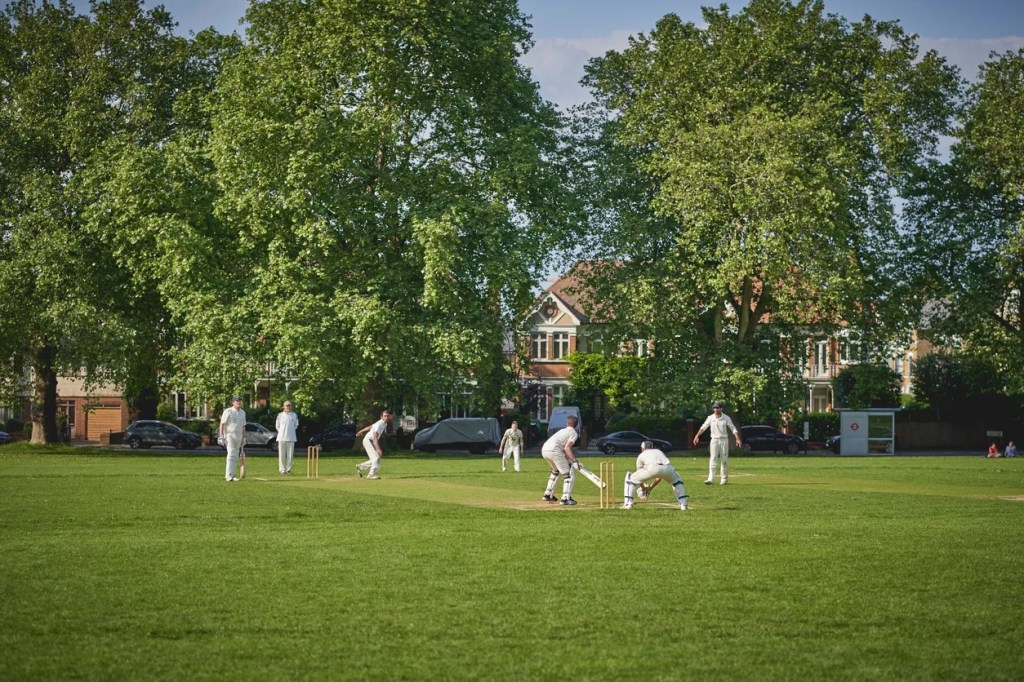US cricket is rising. After beating Pakistan and pushing India, the Americans have reached the last eight of the T20 World Cup. On Sunday, they play England.
The success comes at a time of vast growth for American cricket. The US, the co-host of the tournament, launched a professional league last year and added T20 cricket to the 2028 Olympics in LA.
Long regarded as an oxymoron, cricket in America is being powered by serious financial backers. Its domestic championship, Major League Cricket, has secured investment from the CEO of Microsoft and the owners of four teams from the Indian Premier League, cricket’s sporting and commercial behemoth.
American cricket might only be emerging, but it is already a threat to the game in England. The US league clashes with the English season, and many stars — English and foreign — are choosing to play in America over Albion.
Last year, World Cup winner Jason Roy exchanged his England contract for one in Major League Cricket. Sunil Narine, Surrey’s star overseas player, missed T20 Finals Day because he was playing for the LA Knight Riders. This month Pat Cummins, the captain of the Australian teams that won the One-Day World Cup and the World Test Championship, signed a four-year contract with the San Francisco Unicorns. Jos Buttler, the England One-Day and T20 captain, is also interested.
The worry for English cricket is that, financially, it won’t keep pace. The English teams, almost all owned centrally or by members, could struggle to match the wages Major League Cricket can offer the world’s best players. The pound, which has still not recovered from Brexit, remains weak against the dollar.
The England and Wales Cricket Board currently has full control of the English summer, which allows it to manage players’ workloads and make strategic decisions to bolster the England team. But if cricket in the US flourishes, the ECB will almost certainly be forced to take private investment (probably from India) to keep salaries competitive. Such a financial model would imperil English cricket’s foundations.
American cricket has a lot of work to do, especially in infrastructure. The 34,000-seater stadium on Long Island (bigger than any ground in England) is only temporary, and its wicket and outfield were dreadful. And yet, as I lined up for the shuttle after South Africa versus Netherlands, the Yanks in front of me — newcomers to this queer sport — were trying to buy more tickets.
Mainstream US culture is slowly catching on. The World Cup has been covered by the major TV networks and newspapers (even if the New York Times, rather unconventionally, reported that India had beaten Pakistan 119-113). There was even a note of congratulation to the US team issued by the White House.
Cricket won’t quite conquer the US — the country is too big, and the sports market too flooded — but it doesn’t need to sweep all aside to be a success. To undermine the English summer, cricket in the US only has to succeed in certain pockets of the country, among certain demographics. The South Asian diaspora in the US stands at over 5 million. That’s roughly equal to the total population of a major cricketing nation like New Zealand, and not far short of the countries in the West Indies.
Major League Cricket will include more matches next year, increasing the conflict with the English season. American cricket’s ties to India have brought rumors that the US could host an additional season of the Indian Premier League every year. That would draw even more of the world’s best players (including English ones) away from both domestic and international matches held in England.
The success of the T20 World Cup has fast-tracked this expansion. On Sunday, England and the US will compete in the last eight. After that, they’ll compete to control summer cricket.
This article was originally published on The Spectator’s UK website.


























Leave a Reply